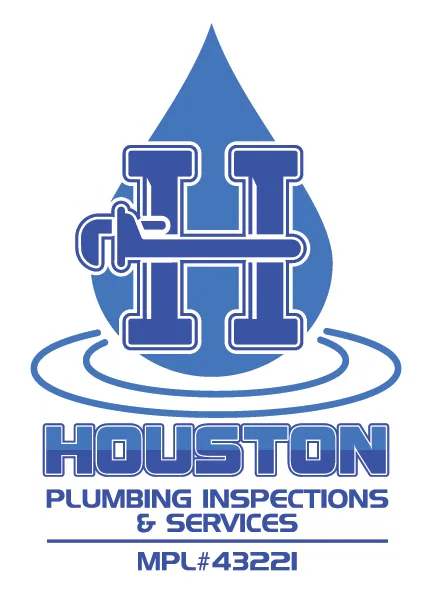Understanding Sewer Clean-Out Height: Why It Matters for Your Home
Sewer clean-outs are essential components of any plumbing system, serving as access points for clearing blockages and performing maintenance tasks. One critical aspect of sewer clean-outs that homeowners often overlook is their height. The height of a sewer clean-out can significantly impact its accessibility and effectiveness. In this article, we'll explore why sewer clean-out height matters and what homeowners need to know about it.
What is a Sewer Clean-Out?
Before delving into the importance of sewer clean-out height, let's first understand what a sewer clean-out is. A sewer clean-out is a pipe fitting or access point that provides entry to the sewer line from your home. It's typically located along the sewer line and may be positioned at ground level or slightly above it. Clean-outs are crucial for plumbers to access the sewer line for cleaning, inspection, and repair purposes.
The Importance of Sewer Clean-Out Height
The height of a sewer clean-out plays a vital role in its accessibility and functionality. Here's why it matters:
- Accessibility: A clean-out that is too low or buried underground can be challenging for plumbers to access. In some cases, accessing a low-lying clean-out may require excavation, increasing the complexity and cost of plumbing repairs or maintenance tasks.
- Visibility: A clean-out that is situated too low may be easily overlooked, especially if it's obscured by landscaping, debris, or other structures. A properly elevated clean-out is more visible and easier for plumbers to locate when needed.
- Prevention of Backups: Sewer clean-outs are essential for clearing blockages and preventing sewage backups in your home. If a clean-out is too low, it may become submerged during heavy rainfall or flooding, rendering it ineffective when you need it most.
- Ease of Maintenance: Maintaining your sewer clean-out becomes much simpler when it's located at an accessible height. Routine tasks such as inspection, snaking, and hydro-jetting can be performed more efficiently when the clean-out is easy to reach.
Determining the Ideal Height
The ideal height for a sewer clean-out depends on various factors, including local building codes, the layout of your plumbing system, and the terrain surrounding your home. Here are some guidelines to help determine the appropriate height for your sewer clean-out:
- Above Ground Level: In most cases, sewer clean-outs should be positioned slightly above ground level to ensure easy access for plumbers. A height of 4 to 6 inches above the ground is typically sufficient to prevent the clean-out from becoming submerged during heavy rainfall or flooding.
- Visibility: Choose a location for your clean-out that provides good visibility and easy access for service personnel. Avoid placing clean-outs in areas that are prone to flooding, heavy foot traffic, or obstruction by landscaping features.
- Compliance with Building Codes: Be sure to consult local building codes and regulations when determining the height and location of your sewer clean-out. Building codes may specify minimum clearance requirements and other guidelines to ensure compliance with safety and accessibility standards. It is important for the clean-out to be below the level of your foundation.
- Professional Evaluation: If you're unsure about the ideal height for your sewer clean-out or if you're planning to install a new clean-out, it's best to consult with a licensed plumber. A professional plumber can assess your plumbing system, terrain, and local regulations to determine the optimal placement for your clean-out.
The height of your sewer clean-out is a crucial factor that can impact the accessibility, functionality, and effectiveness of your plumbing system. By ensuring that your clean-out is properly elevated and easily accessible, you can prevent costly backups, simplify maintenance tasks, and maintain the integrity of your home's plumbing infrastructure. If you have any questions or concerns about sewer clean-out height, don't hesitate to contact a qualified plumber for guidance and assistance.
